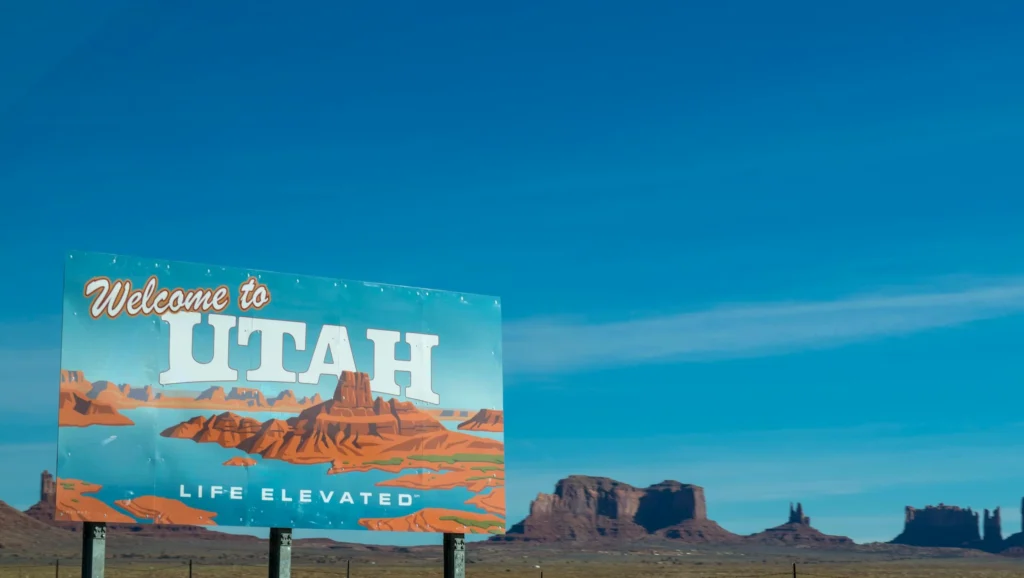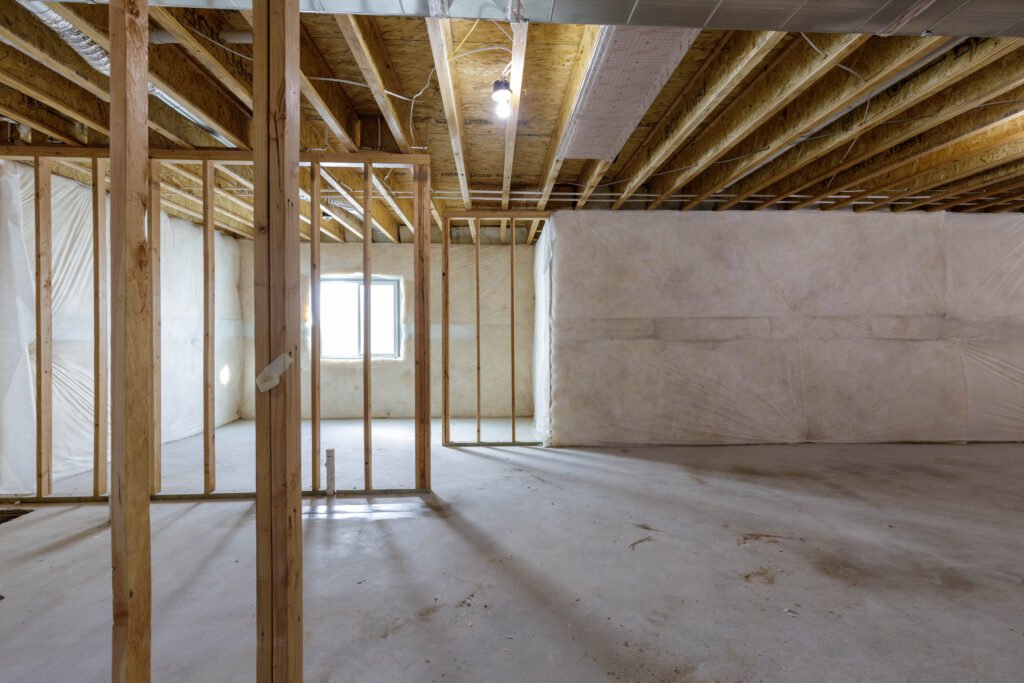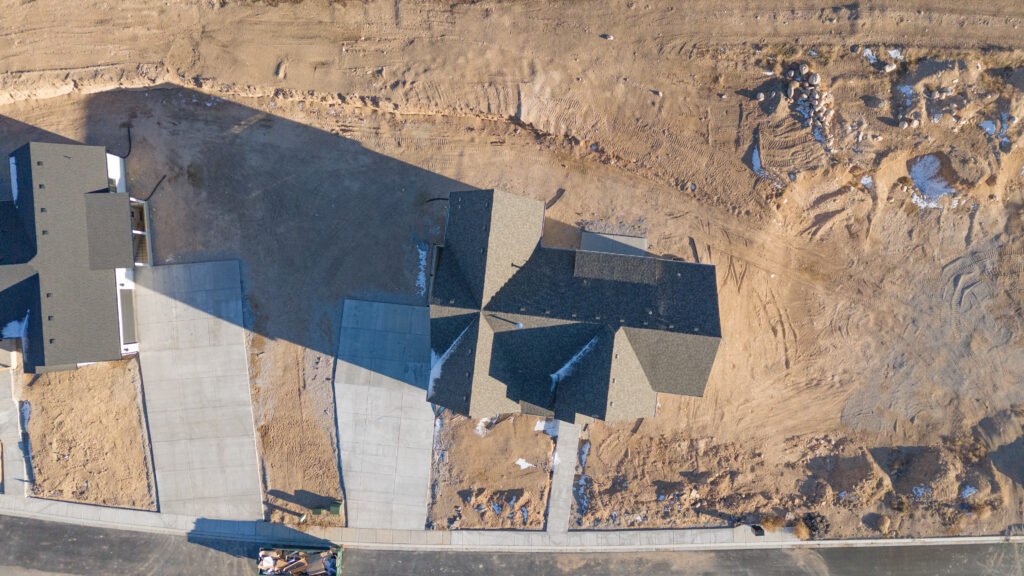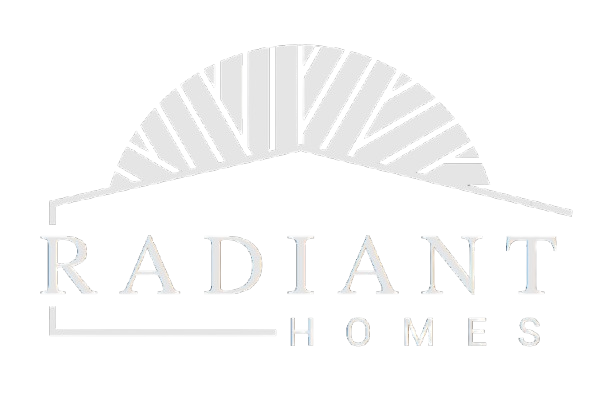
Most people think of Utah as a dry place—and they’re not wrong. Statistically, it’s one of the driest states in the country, with some regions averaging less than 13 inches of rainfall per year. You’d think that would mean water problems in buildings are rare. But that assumption can be a costly one.
Just because the climate is dry doesn’t mean buildings stay dry.
In fact, I’d argue that the dryness of our climate actually makes water and vapor control even more critical, precisely because we don’t expect it to be a problem. It can sneak up on you. And once moisture gets into a wall, roof, or basement assembly, it doesn’t care what the average rainfall is outside.
Let’s break this down.
Drastic Seasonal Shifts = Condensation Risk
Here in Utah, we have hot, dry summers and cold, snowy winters. That means the difference between interior and exterior temperature and humidity can be extreme at times.
In winter, indoor air is often humidified to be more comfortable. Outside, it’s freezing and dry. So what happens when that warm, moist air leaks into a wall cavity and hits a cold surface like sheathing? Condensation.
In summer, it’s the reverse. Especially in homes with air conditioning. When hot, humid outside air leaks into a cooled wall or roof assembly, you can get summertime condensation in unexpected places.
“The biggest culprits are “reservoir claddings”- siding that retains moisture such as stone, brick, and stucco- and improper use of vapor barriers. Class I vapor barriers such as polyethylene are often placed in the interior side of wall assemblies, trapping moisture. These are especially common practice in basements and members of the building science community disaffectionately refer to them as “diapers”.
These issues aren’t just theoretical. Condensation can lead to mold growth on the back side of drywall. Musty-smelling basements. Rotted rim joists. And these aren’t homes in Louisiana. These are right here in Utah.
The solution? Good air control and smart vapor control. Air sealing matters. So does knowing your vapor profile and choosing the right interior and exterior layers. We can’t afford to ignore this stuff just because the landscape looks dry.
Basements and Moisture-retaining Soils

Now let’s talk foundations. Utah has a wide variety of soil compositions. Some regions in the state contain clay-rich mixes, which are notorious for their ability to retain moisture. Add to that the reality that most homes have irrigation zones, lawn sprinklers, and landscaping beds right up against the foundation. Even in dry climates, we end up putting plenty of water into the soil around our houses.
This sets the stage for foundation water problems.
Without proper grading, drainage, and water control layers, water can seep through the foundation wall or wick up through the footing. Over time, that moisture can cause:
- Efflorescence or spalling on concrete
- Moldy drywall in finished basements
- Musty smells and high humidity
- Rust on structural components
- Floor warping and deterioration of wood products
Sometimes we assume basements are just supposed to smell like that. But that’s a sign of moisture intrusion. Good foundation waterproofing, capillary breaks, proper footing drains, and thoughtful landscaping can make all the difference.
Roofs and Attic Vapor Movement
Just like walls and basements, roofs in Utah homes can have moisture issues—especially if they’re poorly ventilated or insulated.
In winter, stack effect pulls warm, moist air from the living space up into the attic. If it passes through leaky ceiling planes and hits cold roof sheathing, you get ice dams. That ice can direct water up between your shingles and into your attic. Condensation inside your attic is another real possibility, and you may not see it until the roof deck starts to delaminate or the roof sags.

In summer, solar-driven vapor diffusion can push moisture through vapor-permeable roof assemblies, especially when the roof is shaded or has north-facing facets. Radiant barriers, synthetic underlayments, and venting strategies all need to be considered with our wild temperature swings in mind.
Properly designed and installed roofs do a good job at keeping water out, but very few Utah homes properly address air sealing and vapor control between the unconditioned attic and the living space below.
Water doesn’t need to be dramatic to cause damage.
A lot of water damage can come from floods or pipe breaks. However, we often forget that it also comes from small, persistent sources: air leaks, poor flashing, landscape irrigation, capillary action through concrete, or seasonal condensation. A little bit of water, stuck in the wrong place, doing its slow damage month after month.
It’s easy to miss because the signs take time to show up: blistered paint, moldy smells, bowed baseboards, discolored sheathing.
But by the time you see it, the real damage is already done.
That’s why I care so much about shifting my focus to getting the water and vapor details right—from the footing to the ridge. Drainage planes, flashing details, capillary breaks, proper interior vapor retarders, exterior WRBs, vent baffles, attic insulation—it all adds up.
We can’t rely on code alone.
Code sets the baseline, but it doesn’t account for the nuances of local soil conditions, elevation shifts, temperature swings, or construction quality. You can build a code-minimum house in Utah that passes inspection and still ends up with a mold problem two years later. Read our previous article: “Why Building ‘Good Enough’ Isn’t Good Enough“.
So if you’re a homeowner, builder, or designer working in a dry climate like Utah, don’t let the arid weather fool you. Water is still your number one enemy. And controlling how it moves through, around, and out of your building assemblies is key to a home that actually lasts. Because dry climate or not, water always finds a way.
For a more detailed explanation of moisture control in homes, consider the following article from the Building Science Corporation: Investigating and Diagnosing Moisture Problems.
